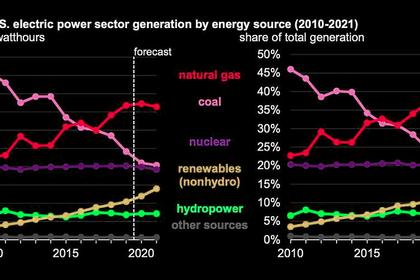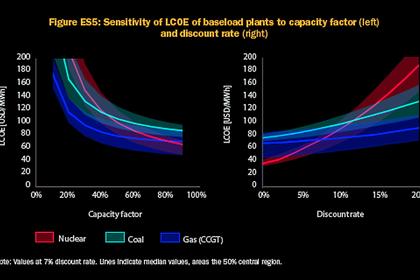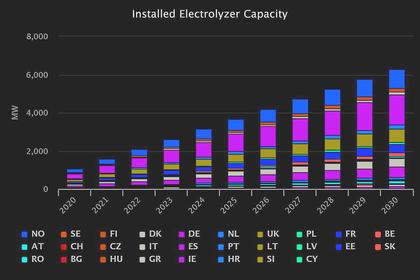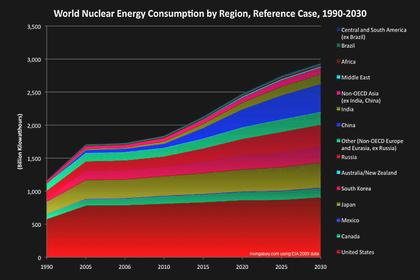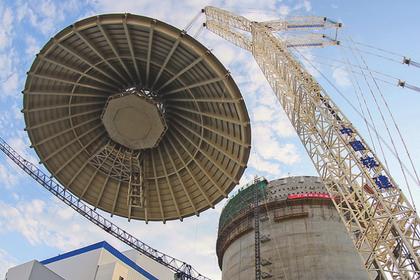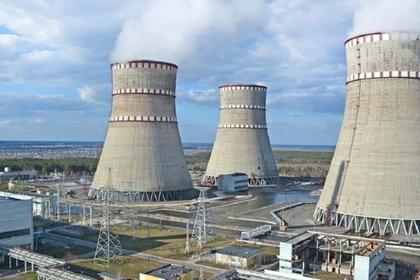
U.S. NUCLEAR STRATEGIC VISION
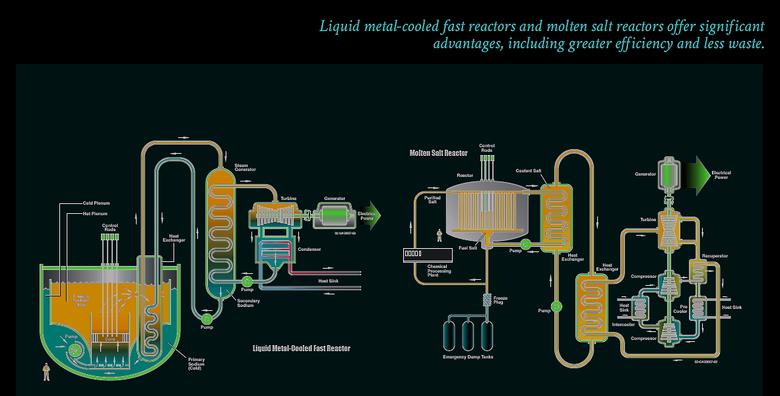
WNN - 12 January 2021 - The Office of Nuclear Energy (NE), part of the US Department of Energy, has outlined its plan to support the existing US nuclear generation fleet, demonstrate the latest innovations in nuclear energy technologies and explore new market opportunities. The Strategic Vision is a blueprint for NE to achieve its mission of advancing nuclear energy science and technology to meet US energy, environmental and economic needs.
Nuclear power supplies about 20% of US electricity generation and is by far the nation's largest source of carbon-free energy and the most reliable, operating at a capacity factor of more than 93%, the strategy notes.
"However, many US reactors face economic challenges or are nearing the end of their planned operating lives. New construction of traditional reactors is costly and time consuming, and we need to demonstrate advanced reactor designs rapidly to provide clean energy and expand market opportunities before we lose access to key infrastructure and supply chain capabilities in the United States," the NE said.
The NE helps address these challenges as an applied energy research and development organisation, which invests in R&D that the private sector or other non-government stakeholders are unable to perform due to the cost, scale or timeframe required. It funds and creates opportunities for collaboration between researchers in industry, academia and the national laboratories, and leverages private-public partnerships and the national laboratory system.
It has identified five goals: enable continued operation of existing US nuclear reactors; enable deployment of advanced nuclear reactors; develop advanced nuclear fuel cycles; maintain US leadership in nuclear energy technology; and enable a high-performing organisation.
Performance indicators for enabling the continued operation of existing reactors include the demonstration of a "scalable hydrogen generation pilot plant" by 2022, and beginning to replace existing fuel in commercial reactors with accident tolerant fuel by 2025, with widespread implementation of such fuel by 2030.
For the deployment of advanced reactors, the performance indicators include: demonstrating and testing a fuelled microreactor core fabricated by advanced manufacturing techniques by 2024; enabling the demonstration of a commercial US microreactor by 2025; demonstrating the operation of a nuclear-renewable hybrid energy system by 2027; demonstrating two US advanced reactor designs through cost-shared partnerships with industry by 2028; and enabling operation of the first commercial US small modular reactor by 2029.
Supply chain performance indicators include: by 2021, to begin the procurement process for establishing a uranium reserve; by 2022, demonstrate domestic high-assay low-enriched uranium (HALEU) enrichment; by 2023, make available up to five tonnes of HALEU from non-defence DOE material; and by 2030, evaluate fuel cycles for advanced reactors.
"As the use of nuclear energy continues to expand internationally, it is crucial that the United States reasserts itself as a leader in this incredible technology," Assistant Secretary for Nuclear Energy Rita Baranwal said in her foreword to the strategy. "Now is the time to develop, demonstrate, and build these new technologies. The Department of Energy Office of Nuclear Energy is working hard to deliver on the enormous promise of nuclear technology. This Strategic Vision is the blueprint that guides our office in achieving its mission to advance nuclear energy science and technology to meet US energy, environmental, and economic needs."
Baranwal, who announced her resignation as assistant secretary on the same day the strategy was released, said she was pleased it had been published during her term. "This document will guide the office's work to help make nuclear more competitive, innovative and accessible than ever before!" she tweeted.
The DOE-NE Strategic Vision can be found here.
-----
Earlier:
